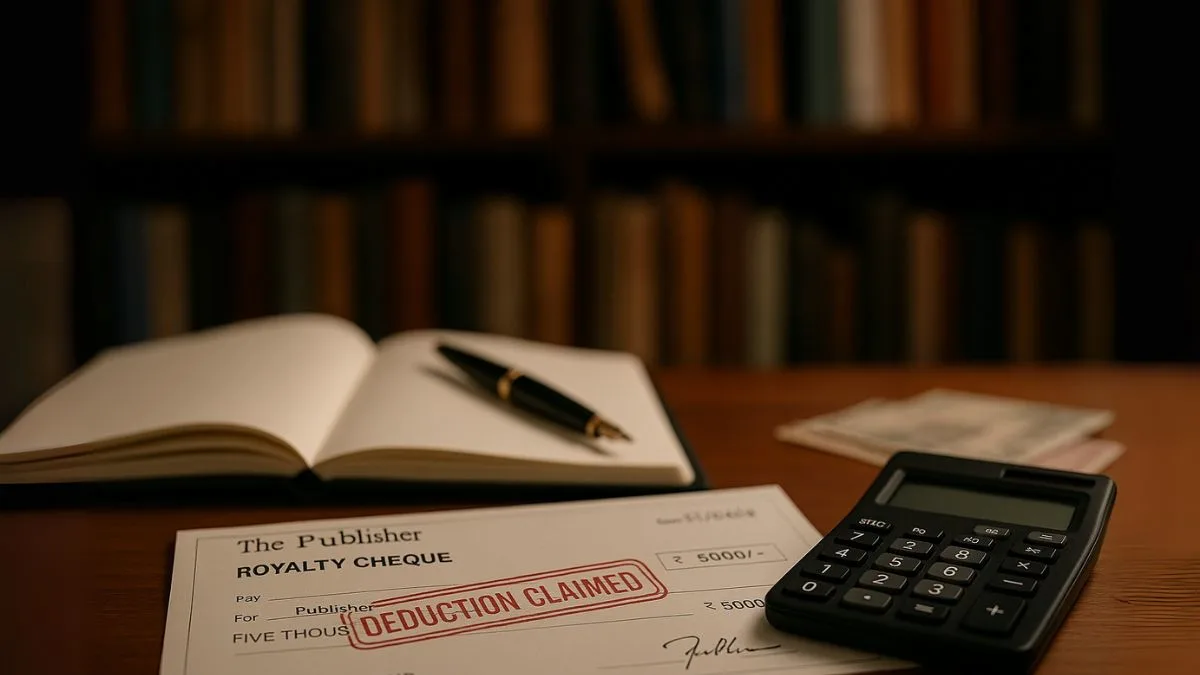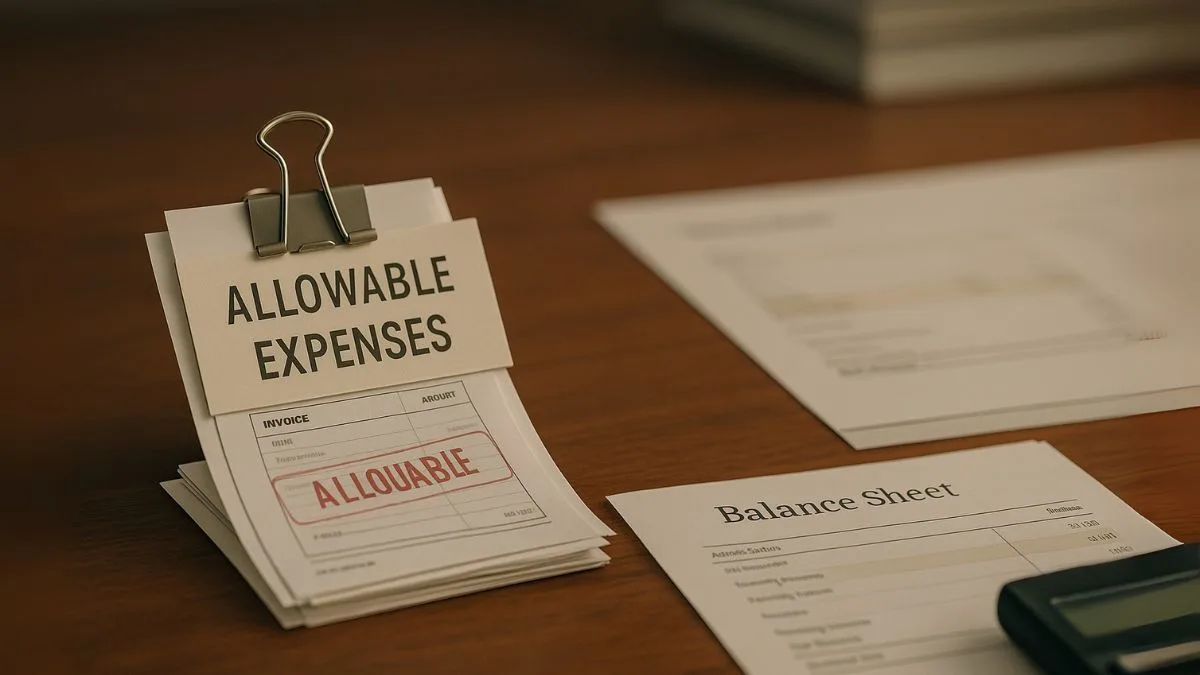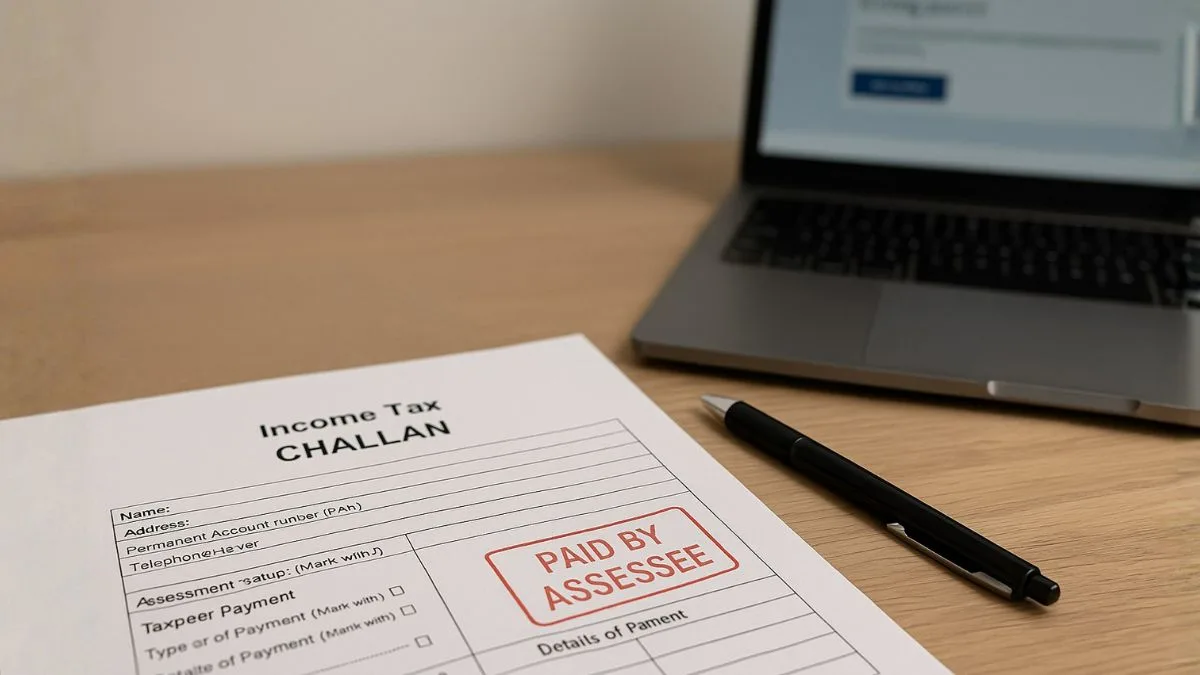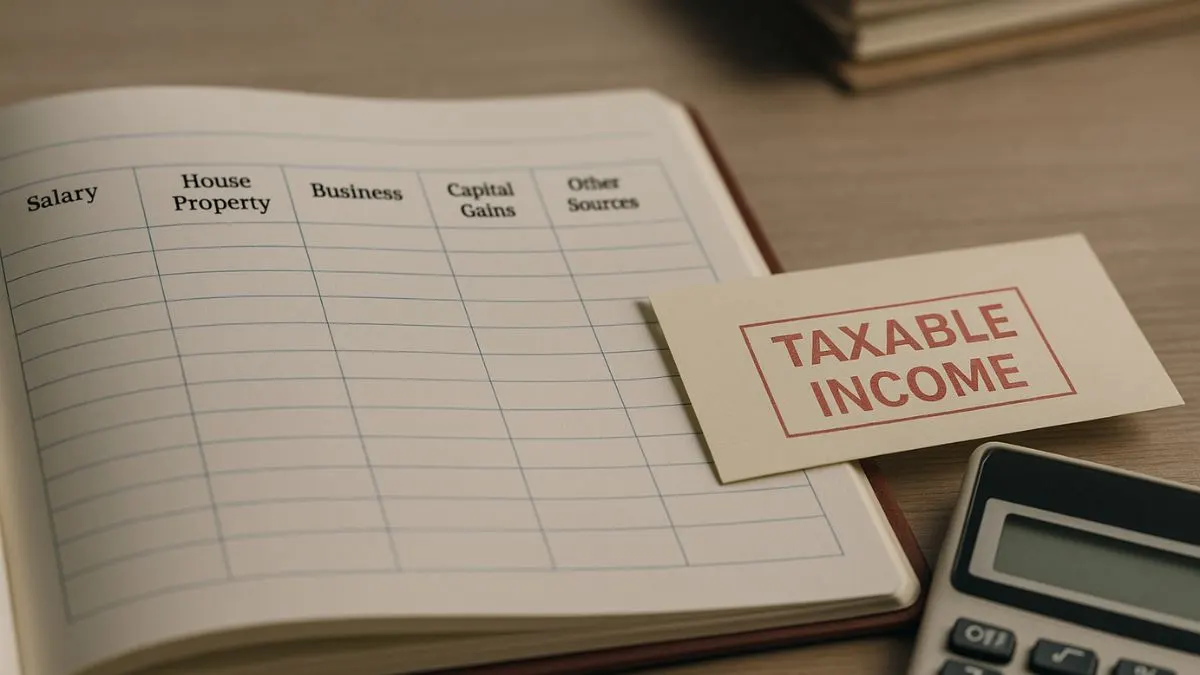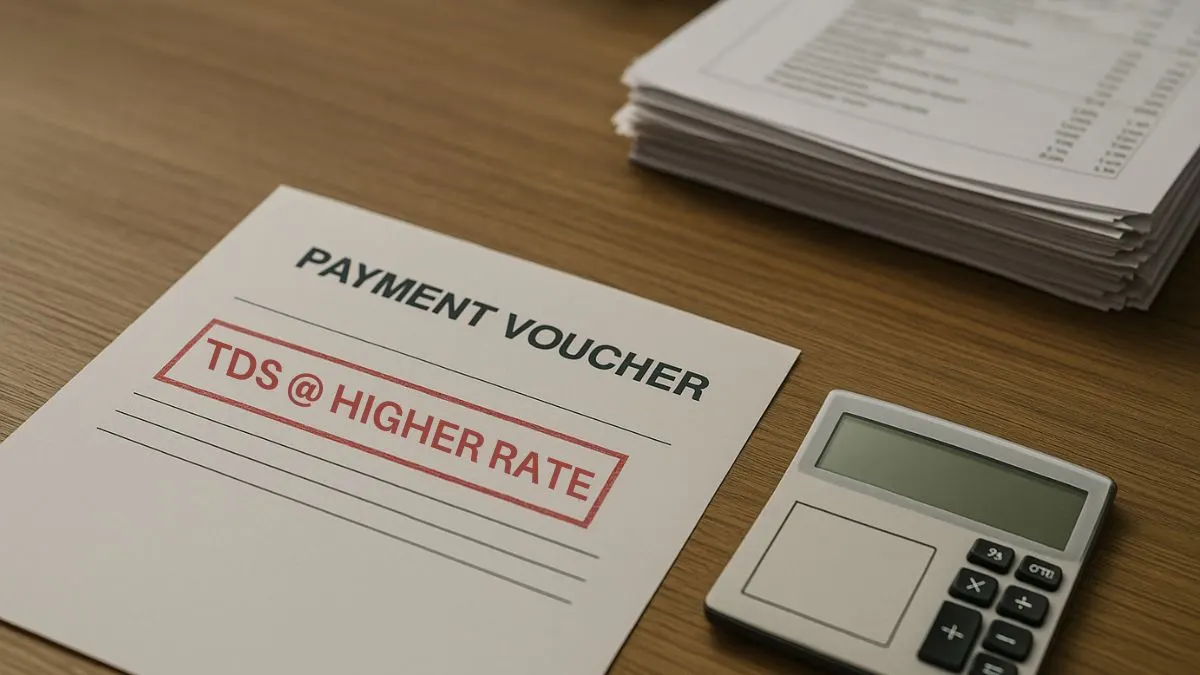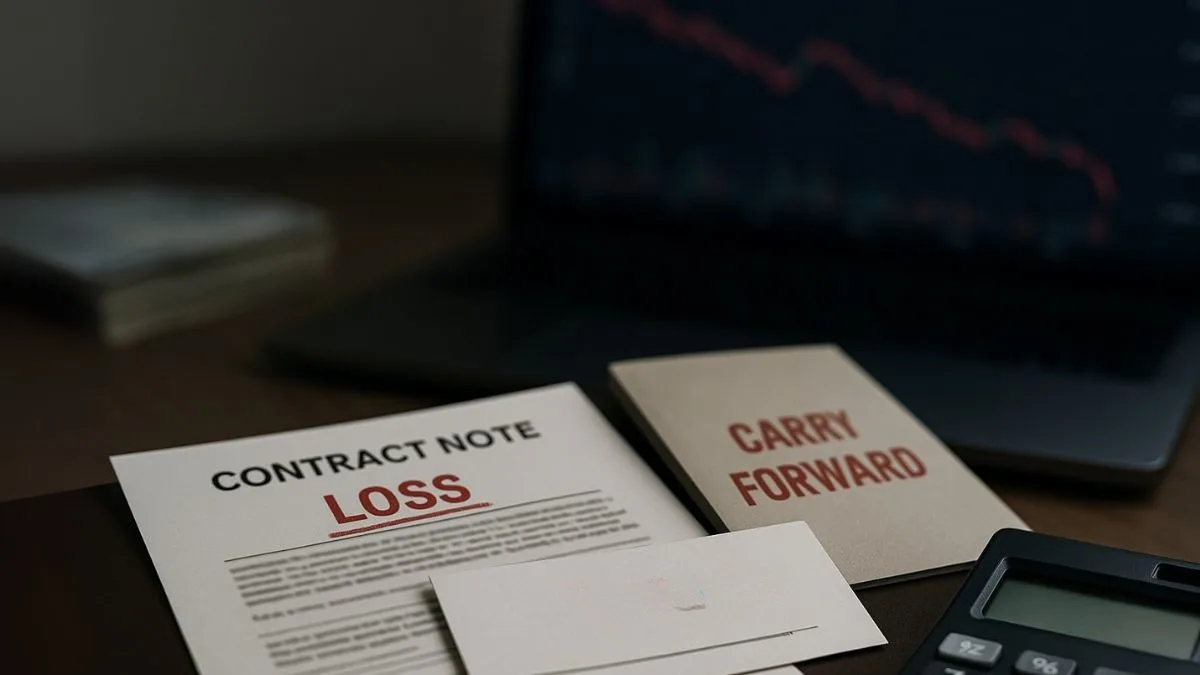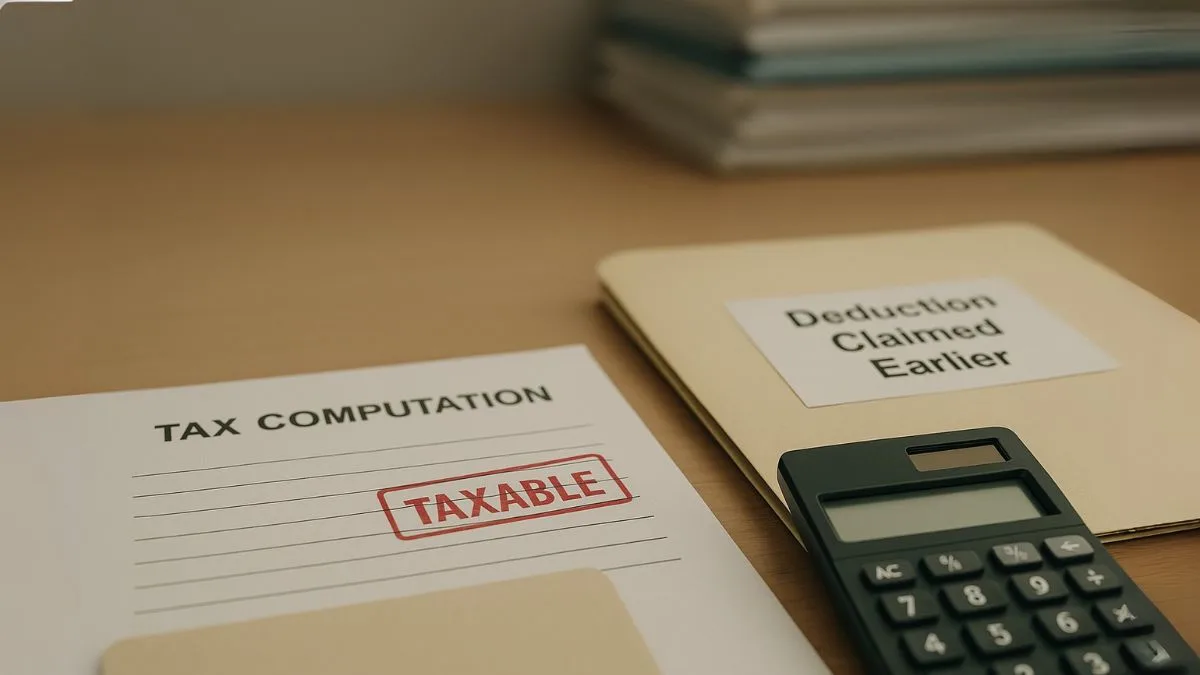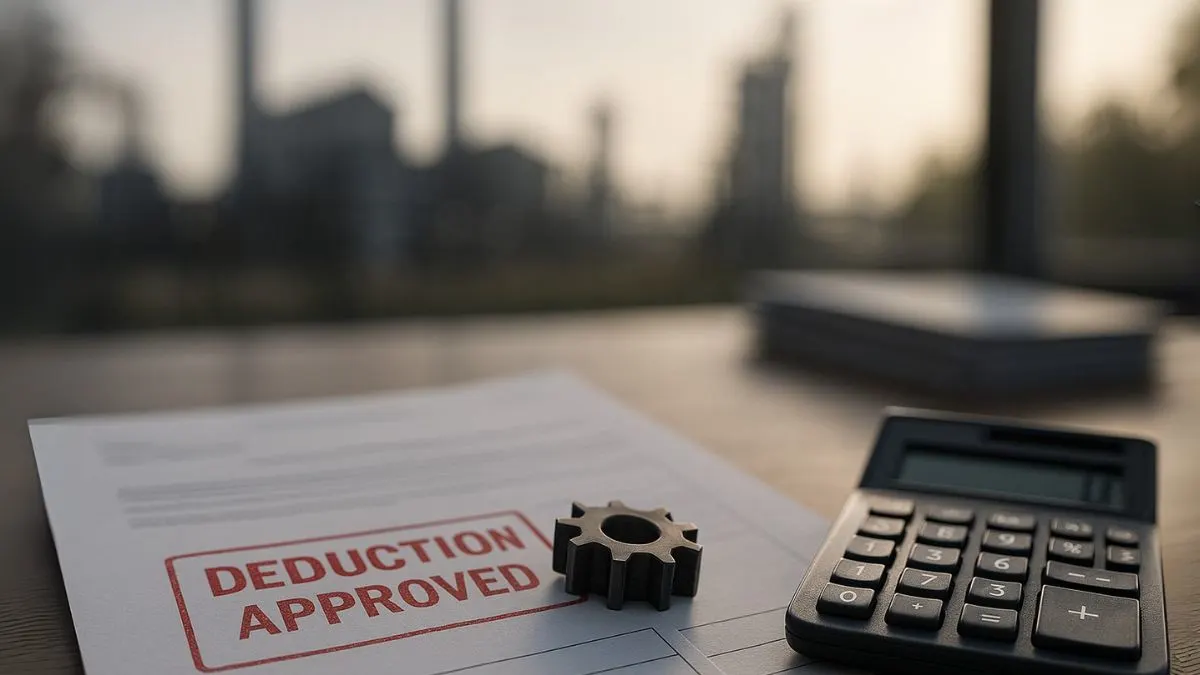
When governments hope to encourage industrial expansion, they frequently employ tax benefits. One such potent provision is Section 80IB of the Income Tax Act. It offers a deduction from profits on some industrial activities, to promote income generation in the less developed areas and sectors.
But Section 80IB is not an all-encompassing benefit. It includes eligibility standards, time periods and procedural standards. Mistakes in this area can result in disallowance or penalty examination. In this post, we will explore: what types of activities are considered eligible; how much deduction can be availed; salient conditions; examples from the real world scenarios & comparison between Section 80IB & other sections.
What Is Section 80IB?
An assessee is entitled to deduct profits & gains in respect of such undertakings while computing total income under Section 80IB. Deduction is available if certain conditions are satisfied.
It is intended to stimulate industrial growth, particularly in areas or industries with depressed cost conditions.
Provision Summary – Highlights of the Official Provision:
- It is applicable where business is an industrial undertaking (manufacturing/cold storage etc) & not infrastructure development undertaking.
- The project cannot be created through dividing or reorganizing an existing business.
- Plant & machinery used in India earlier than the undertaking should not be transferred into the undertaking (subject to certain relaxations)."""
- Conditions also apply to number of employees, the structure of capital & the starting date of operations.
In short: it’s a specialized deduction, something not open to every business right off the bat.
Also Read: Tax Exemption for Startups
Conditions & Eligibility
The industrial undertaking should have the following requisites to be eligible under Section 80IB:
-
New Undertaking
The business shall not be established by splitting or reconstructing of an existing one (together with some exceptions in revival/re-establishment).
-
Plant & Machinery Use
No second-hand machinery or plant previously operated in India should be installed (unless some conditions are fulfilled, such as if transferred plant value is less than 20% to new desired plant value).
-
Minimum Employment or Investment Requirements
In manufacturing enterprises, a minimum number of workers (with or without power) have to be employed based on the type of process.
-
Eligible Activities
The activity should be to manufacture or produce articles (not included in the excluded list u/s Eleventh Schedule) or operate cold storage plants etc.
- Timeframe / Operational Start Date
The project has to commence & produce in the period stipulated by the law, (e.g., dates prescribed for commencement of manufacturing).
If the above conditions are complied with, the assessee can avail of deduction under Section 80IB.
Quantum & Duration of Deduction
How much to deduct, and for how long?
For the majority of taxpayers engaged in industrial activity: 25% (30% for companies) of business profits & gains (BP&G) derived from the business, such amount is deductible for 10 consecutive assessment years from the “initial assessment year” onwards.
If the project is situated in a backward area (backward State or industrial backward district as specified in the Eighth Schedule), a 100% deduction is allowed for 5 assessment years, followed by 25% (or 30%) allowance of profits, also referred to as relief u/s.
For certain specific sectors or housing projects referred under clause (10), then 100% deduction as per additional conditions are provided in Section 80IB(10).
Therefore, Section 80IB provides very lucrative incentives, & more so for backward/priority areas.
Also Read: Tax Deductions for Infrastructure and Power Sector
Example – Illustration of How Section 80IB Works
Consider a hypothetical manufacturing company, say XYZ Industries, which commences operations in FY 2024–25 in a backward district.
They make a profit of ₹50 lakhs from the eligible manufacturing activity in FY 2024–25."
It’s located in a backward area, so they could claim 100% deduction on this profit for the first 5 assessment years.""
So XYZ could claim the full ₹50 lakhs for the first five years (subject to other conditions) & 25% (or 30% for companies) through the remaining years.
If XYZ meets the full criteria, then their taxable profit on that side of the enterprise for those years could drop massively — resulting in a far more tax-efficient business.
Section 80IB vs Other Deductions
|
Particular |
Section 80IB |
10 / 10A / 10B / 80-IA (Other Industrial Incentives) |
|
Nature |
Deductions for eligible industrial profits |
Tax deductions/exemptions through various schemes |
|
Coverage |
Manufacturing, cold storage, housing (in certain clauses) |
Export firm, infrastructure, special zones etc. |
|
Quantum |
25%/30%, or 100% in backward areas |
Varies – sometimes 100% for certain zones |
|
Duration |
Up to 10 years (or modified) |
Varies – shorter or conditional periods |
|
Eligibility Conditions |
Tight – new project, plant timeline, etc. |
Different scheme-based conditions |
So Section 80IB is one of many industrial sops, with its own rules & trade-offs.
Recent News & Updates (Updated 2025)
Some sub-sections of Section 80IB have been under review in recent policy drafts to align industrial incentives with green manufacturing & sustainability standards.
The provisions of the Finance Bill 2025 suggest that some forms of industry incentives might be phased in a sensible manner.
For Section 80IB(10) housing projects, it is now covered under Tax Audit, & the built-up area limit as well as plot size limit are being strictly enforced.
CBDT has issued clarification that only such industrial undertakings which comply with transfer pricing rules & digital record-keeping will be eligible for deduction under Section 35.
⚠️ Note: Incentives under Section 80IB should be claimed with due care — non-compliance may result in material tax adjustments.
Also Read: Deductions for Businesses in Specific Industries and Locations
FAQs on Section 80IB
Q1. What are the types of businesses that come under Section 80IB?
Industrial ventures, manufacturing, or cold storage provided certain conditions are fulfilled — like new establishment, minimum number of workers, & not using old plant etc.
Q2. How much of a deduction can I take?
Normally, 25% (30% for corporations) of profits over a period of 10 years. In backward areas, 100% for the initial years under sub-section (4).
Q3. Can housing projects claim 80IB deduction?
Yes, as per Section 80IB(10), some approved housing projects can demand 100% deduction if they meet plot size, built-up area, approval, and completion time norms. "
Q4. Are used machines allowed?
No, except under certain conditions (i.e., less than 20% of total new plant value). In general, use of old equipment may lead to disqualification.
Q5. How many years can 80IB be claimed?
For the first 10 successive assessment years (or as per some subsections).
Key Takeaways
- Section 80IB is a powerful industrial incentive for eligible undertakings.
- It promotes new establishments & industries in underdeveloped areas.
- Strict conditions must be met: new unit, no plant reuse, minimum employment, etc.
- The deduction can be highly lucrative (up to 100% for some years) in backward areas.
- Additionally, housing projects under Section 80IB(10) have stricter requirements.
Also Read: The Rare Tax Holiday That Gave Industries a Fresh Start
Conclusion
If you are looking to start a business in manufacturing or industry, it is essential to understand Section 80IB. It can significantly lower your tax bill — if you’re eligible. But the rules are stringent, and adherence is key.
👉 Need assistance determining whether your business qualifies for the Section 80IB deduction & help in filing your return to maximize it?
Visit Callmyca.com & let our experts guide you toward the optimal tax strategy.


